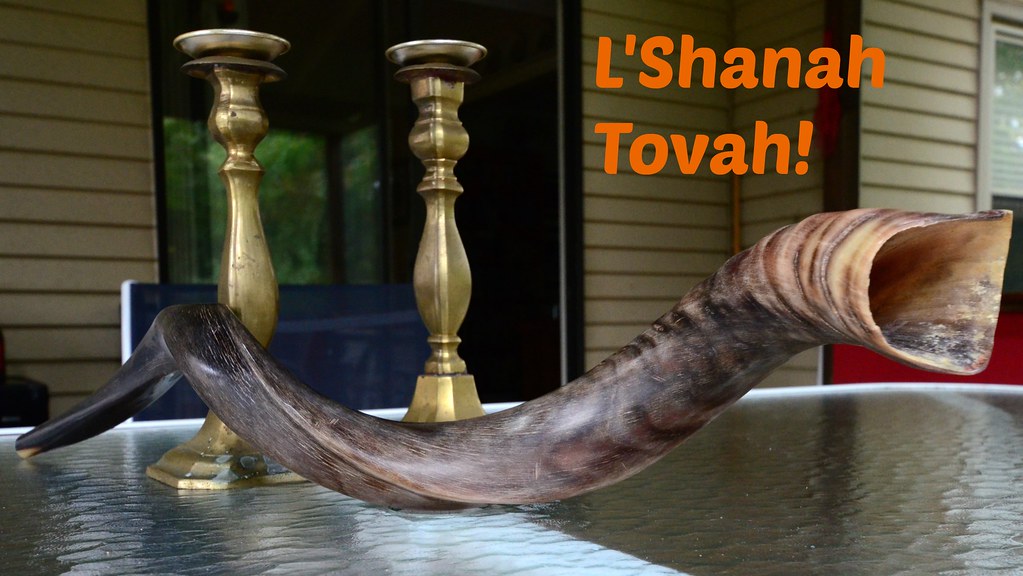|
The Hebrew calendar is one to encourage the culture of the Kingdom of heaven here on earth. It brings to our attention weekly, monthly, and yearly seasons of rest and times to connect with the Lord. These times are meant to bring us closer to Him. To do this, we must set priorities and need to ask ourselves, "What is my highest priority?" How intentional are we at setting aside special times to seek greater intimacy with the Lord? We have an opportunity this evening at sundown to join with our Jewish brothers and sisters in the celebration of the New Year 5783. After all, we have a common history with them. In Leviticus 23 we find a list of the Feasts of the Lord, and we are told in verse 4, "These are the Lord's appointed festivals, the sacred assemblies you are to proclaim at their appointed times." We also see throughout the New Testament that Jesus kept these feasts.
The spring feasts are a reflection of the Messiah's appearance on earth and His death and resurrection. The late spring feast demonstrated the power of the Holy Spirit as He poured it out on those who were gathered in Jerusalem. The fall feasts are thought to be the time when Messiah will return to earth to fulfill the Feast of Tabernacles. He will come for the pure and spotless bride called The Church and take her to heaven for eternal fellowship. Rosh Hashanah means "Head of the Year" and is also referred to as the Feast of Blowing (Yom Teru’ah) or Trumpets. It begins on the first day of the seventh month on the Hebrew calendar called Tishri. For two days sacred assemblies take place, and the shofar (ram's horn) is blown 100 times each day. It is thought to be the day that God created the world and announces the beginning of the fall feasts and what is called "The Ten Days of Awe." These days are meant for self-examination and repentance, prayer and fasting. From Biblical times, these ten days have been set apart as a time for preparation of Yom Kippur or The Day of Atonement. The Israelites would gather as their High Priest went into the presence of the Lord in the Holy of Holies, the innermost sanctuary of the Temple. Here he would present sacrifices and prayers to the Lord on their behalf. During the final celebration, the harvest of the fields is brought in, booths are built for families to live in for seven days so that they are reminded of God's care for their ancestors in the desert, time is set aside to rest and fellowship, and offerings of thanksgiving are brought to the Lord. In the book The Messianic Church Arising by Robert Heidler, the yearly feasts are called a "Cycle of Blessing." Robert writes, "The fall feasts provide the pattern for revival for any individual or nation. The fall feasts were given to create a pathway into God's glory." Here is what each feast is meant to do: The Feast of Trumpets: A wake-up call The Days of Awe: A time for seeking Him The Day of Atonement: A day to be restored The Feast of Tabernacles: A week to experience glory Robert continues. "...I believe Tabernacles is the key feast for the church today. We live in a day when God wants to draw us into His presence in a unique way. It is a time for His power and blessing to be poured out. He wants us to experience His glory." Our wake-up call comes this evening. We are being called into a new season. We are being called to awaken. God is ready to meet us. Are we ready to meet Him? We can join our Jewish brothers and sisters in the Spirit by remembering our blessings, confessing and repenting of our sins, and bringing the Lord a sacrifice of praise and thanksgiving. This will set us on a path of blessing for the new year. |
Joan E. MathiasCategories
All
Archives
July 2024
|

 RSS Feed
RSS Feed